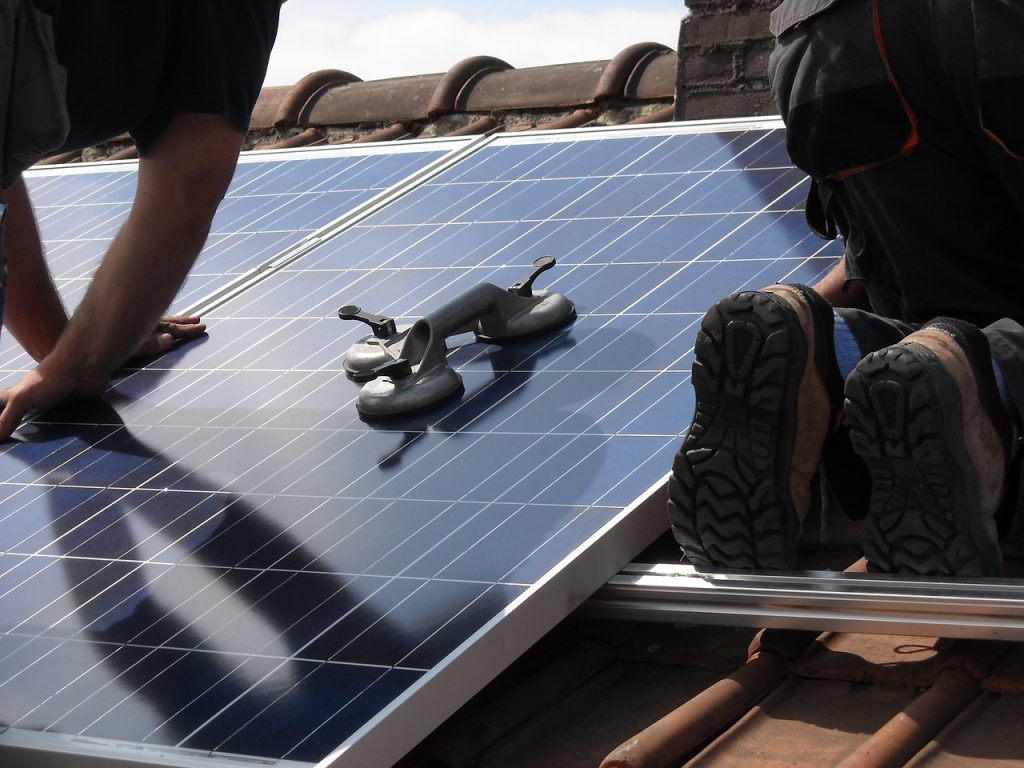July the 4th, 2023 – Get better acquainted with the Croatian green projects that come with eye-watering price tags which are dominating the scene.
As Poslovni Dnevnik/PV VL native tim writes, over the period from 2018 to 2030, HEP intends to increase the share of renewable sources in the production portfolio by 50 percent, and in years with average hydrological circumstances, the aim is to increase annual production from renewable sources from six to nine billion kWh.
Strengthening Croatian energy efficiency
In the circumstances of the energy crisis and within the framework of the European Union’s policy to end the use of Russian energy sources, HEP will contribute to strengthening Croatia’s energy self-sufficiency by increasing its own electricity production and implementing a low-carbon energy transition.
In total, in various stages of development, HEP currently has 60 Croatian green projects (involving renewable energy sources and battery tanks) with a total power of 1,544 megawatts and an estimated investment value of 1.6 billion euros. The largest number of these Croatian green projects refers to solar power plants.
60 Croatian green projects involving renewable energy sources are currently under development
From back at the beginning of 2019 to May 2023, HEP’s production portfolio has included the Korlat wind power plant, with a capacity of 58 MW, and eight solar power plants, with a capacity of 29.35 MW – Kaštelir 1 and 2, Vis, Marići, Kosore Jug (Vrlika), Stankovci, Obrovac and Donja Dubrava.
The construction projects of the Jambrek solar power plant (5 MW) near Vinica in Varaždin County and Radosavci (9.9 MW) in the area of the town of Slatina are now nearing completion, while the construction of the Črnkovci solar power plant (8.5 MW) has begun near Donji Miholjec. This is otherwise the very first power plant that is being constructed on the basis of cooperation agreements on the development of RES projects that HEP concluded with several local self-government units.
Procurement procedures for 6 more solar power plants this year
Throughout 2023, procurement procedures will be carried out for the construction of six more solar power plants, the largest of which is SE Korlat, worth 80 million euros in total and with connected power of 75 MW, which will be built directly next to the existing HEP wind power plant, on an area spanning an impressive 185 hectares.
HEP also installs solar power plants on the roofs of its buildings. So far, there are already 64 integrated solar power plants, of which the largest, with a power of 370 kW, is installed on the premises of the Plomin Thermal Power Plant.
The adoption of new tech for Croatian green projects
In addition to renewable sources, the HEP Group will continue to invest strongly in the transmission and distribution of electricity, with the aim that the electricity networks can accept production from an increasing number of new renewable sources in the system. This will be done in full accordance with national and European Union priorities. As such, the National Recovery and Resilience Plan approved 226 million euros for project financing for the area of the distribution network alone.
Within HEP, all newer technologies are also being closely monitored. Three battery systems for energy storage are already in operation, in the building at HEP’s headquarters in Zagreb, as part of the system of e-charging stations at the Vukova Gorica rest area and next to the Vis solar power plant.
Three new battery systems are planned in Unije and Lošinj, and next to KTE Jertovec, where, as part of the ‘Northern Adriatic Hydrogen Valley’ project, the construction of the first 5 MW electrolysis plant in Croatia is being planned. An important part of the energy transition also lies with the transport sector, where HEP has installed more than 260 publicly accessible charging stations for electric vehicles across the Republic of Croatia under the ELEN brand.
Through the implementation of its projects, HEP is making a key contribution to achieving the goals of increasing the share of renewable sources and achieving energy self-sufficiency in Croatia.









